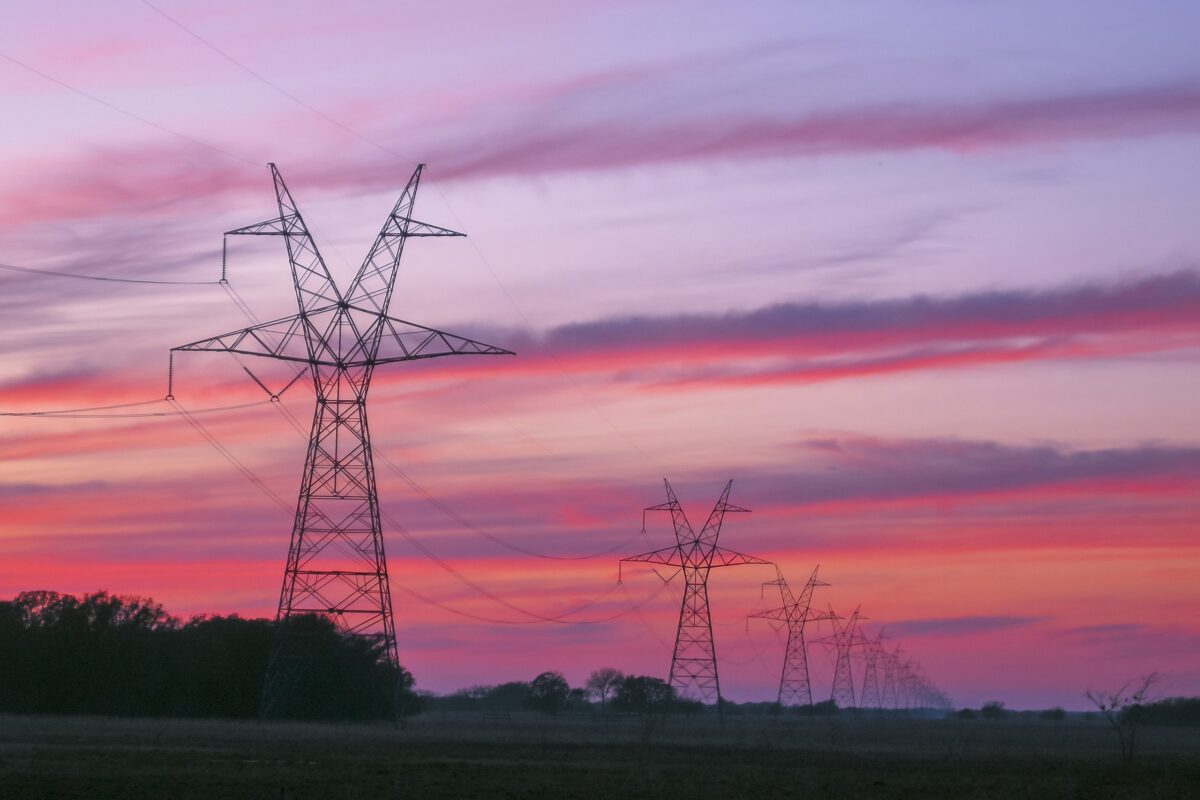The U.S. Department of Energy released an energy storage strategy: the Energy Storage Grand Challenge.
The strategy aims to accelerate the transition of technologies from the lab to the marketplace, focusing on ways to manufacture technologies at scale in the United States, and ensuring secure supply chains to enable domestic manufacturing.
The strategy also hopes to develop and domestically manufacture energy storage technologies that can meet all U.S. market demands by 2030.
DOE also released two companion storage-related reports: the 2020 Grid Energy Storage Technology Cost and Performance Assessment and the Energy Storage Market Report 2020.
By offering six use cases that identify energy storage applications, benefits and functional requirements for 2030 and beyond, the storage strategy identifies cost and performance targets. These include:
- $0.05/kWh levelized cost of storage for long-duration stationary applications, a 90% reduction from 2020 baseline costs by 2030. DOE said that achieving this levelized cost target would ease commercial viability for storage across a range of uses, including meeting load during periods of peak demand, grid preparation for fast charging of electric vehicles and applications to ensure reliability of critical services.
- $80/kWh manufactured cost for a battery pack by 2030 for a 300-mile range electric vehicle, a 44% reduction from the current cost of $143 per rated kWh. Achieving this target would lead to cost-competitive electric vehicles and could benefit the production, performance and safety of batteries for stationary applications, DOE said.
Energy storage cost and performance
The 117-page technology cost and performance assessment found that the dominant grid storage technology, pumped storage hydro, has a projected cost estimate of $262/kWh for a 100 MW, 10-hour installed system. The report said the most significant cost elements are the reservoir ($76/kWh) and powerhouse ($742/kW).
The cost assessment also pegged 2020 battery grid storage costs for fully installed 100 MW, 10-hour battery systems:
- lithium-ion LFP ($356/kWh)
- lead-acid ($356/kWh)
- lithium-ion NMC ($366/kWh), and
- vanadium RFB ($399/kWh).
The report outlines that for lithium-ion and lead-acid technologies at this scale, the direct current storage block accounts for nearly 40% of total installed costs.
Compressed air energy storage (CAES) is estimated to be the lowest-cost storage technology ($119/kWh), but depends on siting near naturally occurring caverns that greatly reduces overall project costs.
For 2030, the assessment says that CAES is projected to remain the most cost-effective energy storage system on a total installed cost basis as well as an annualized cost basis for a 100 MW, 10-hour system. A steep drop in hydrogen energy storage’s price could enable these systems to be competitive with CAES in future scenarios. Lithium-ion battery energy storage systems may be more cost competitive with pumped storage by 2030 for 10-hour duration, the report said.
The report was prepared by researchers at the Energy Department’s Pacific Northwest National Laboratory and by a private consulting firm, Mustang Prairie Energy.
This content is protected by copyright and may not be reused. If you want to cooperate with us and would like to reuse some of our content, please contact: editors@pv-magazine.com.









Where did the Lead Acid price come from. Fully installed lead Acid Battery systems including Battery, racking, battery connectors, copper wire and labor should not cost more than $190.00 per kWr in open air racking. A 100 Amp hour lead acid 12 volt deep cycle marine/ RV battery costs $$80.00 and will power .84 kWr at usable voltages at 70% of full charge. My 80 – 100 Amp hour battery system cost me $8,800 to build and wire with my labor being 60 man hours. $15,200 for 67 kWh if you value my labor at $6,400.00 at $106.00 per hour. Unless you are building stainless steel enclosures that cost 2 times the cost of the system where do you get $356.00 per kWr?